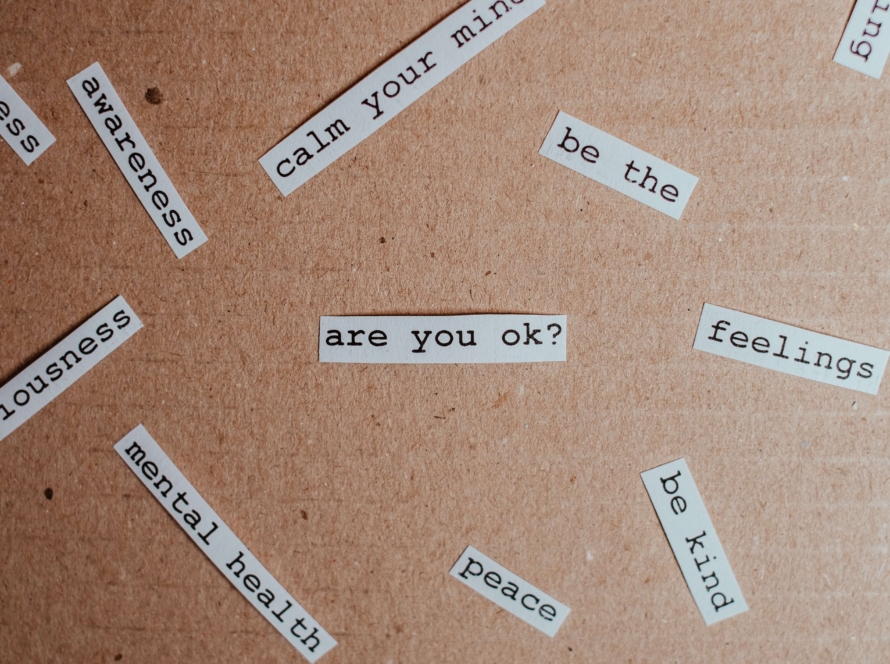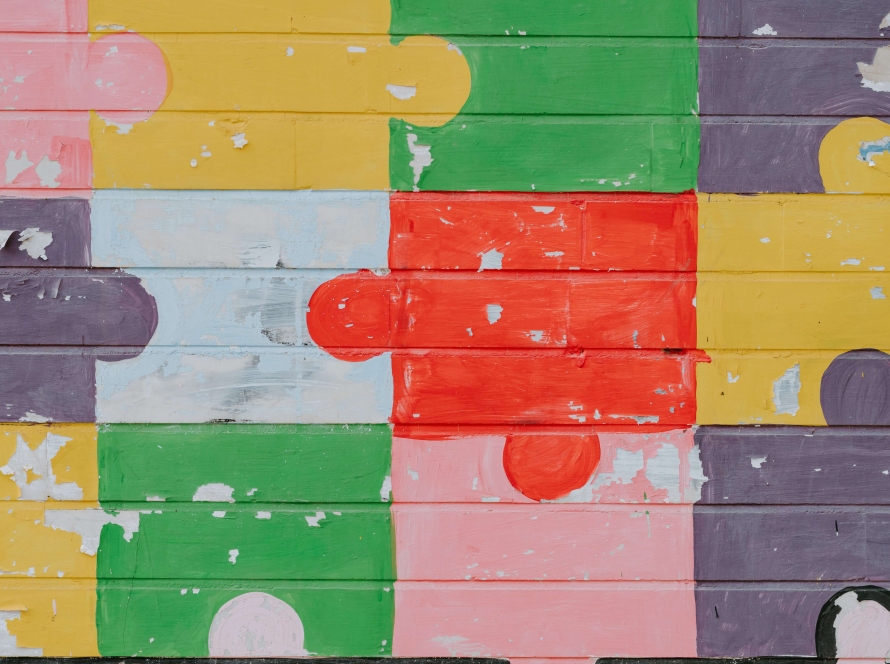TW: mention of suicide and harm to others/self
The media plays an important in shaping the beliefs, attitudes and behaviours related to mental health, within individuals and communities. That is, how we talk about, write about, report about influences the perception and portrayal of a topic in the audience’s mind, thus influencing how we behave. This influence matters particularly in reporting of suicide – if say, an reader considering dying by suicide is exposed to explicit details of the death, location, means and method of dying (as contained within a media report) they may be likely to act on these descriptions – an effect known as the suicide contagion. Such would be an example of irresponsible reporting by the media, while responsible reporting would involves practices such as including links to crisis helplines, encourages readers to seek help when they need it.
Along with traditional media outlets (like newspapers and magazines), there is increasing evidence that social media platforms and the internet in general also have an impact on suicidal thoughts, intent and behaviour, due to readily available and accessible content found on online forums and other such sites. Further research is required to ascertain the degree, extent and process of social media influence on the same.
Media as a tool could thus, either be a risk to individuals who are vulnerable leading to higher suicide rates, or be used to bolster suicide prevention efforts. Several international and national organisations have thus published guidelines on responsible reporting of suicide and other mental illnesses to help sensitise media personnel to the need for caution in in doing so.
The World Health Organisation, for instance, urges the media to be mindful of the following:
- Using reporting as a tool to educate the public about suicide, by clearing misconceptions and presenting realistic facts related to the incident(s) of the report. One such fact, is that multiple factors can attribute to an event such as suicide. While some of these factors like severe mental illness are indeed strong predictors of suicide, their progression is almost never so simplistic as to say that any one thing entirely caused the death of an individual. The public could also be made aware of the various warning signs, risk and protective factors related to suicide.
- Refraining from usage of descriptors that sensationalises, normalises or presents suicide as a solution to a problem, instead of presenting it as the public health problem it is. Hyperbole and out-of-context usage of the word ‘suicide’ should be avoided as well. It is further preferred that the phrase ‘died by suicide’ by used instead of ‘committed suicide’ as the latter implies criminality, when suicide is no longer recognised as a criminal act in India and many countries in the world.
- Avoiding mention of explicit descriptions of the method and location of a suicide as this might prompt vulnerable individuals to copy the act in the same way or place. Doing so to, say, catch more eyeballs, would be akin to promoting a certain manner of suicide.
- Phrasing headlines with caution, that is, not in a sensationalist manner is important as this is likely to add to the stigma related to mental health. For example the headline ‘Psycho killer shoots ten in broad daylight’ is likely to certain associations in the mind of the reader, such as between the word ‘psycho’ and individuals with mental illness, criminality and mental illness, violent behaviour and mental illness etc., many of which have already been found to have no specific basis in research.
- Consideration of the privacy and sentiment of individuals who are bereaved by suicide needs to be taken, as they themselves are likely to be in a vulnerable state. Pushing for an interview, or including their details or photos without relevant permissions are likely to cause further distress in such persons
- It is also important to understand that reporting on such instances might have an effect on media personnel themselves, and thus would need support of some kind to help work through any difficult emotions.
- It is best that reports on suicide also include specific and available options to reach out for help, such as contact details of crisis helplines, support groups and mental health professionals. This could communicate the message that suicide is preventable if help is sought for one’s concerns.
Based on the above and the directive provided by the Mental Healthcare Act of 2017, the Press of Council of India has also come up with its own set of guidelines for responsible reporting of suicide. The guidelines makes multiple recommendations, such as related to placement of suicide report, cautions against using language that sensationalises or normalises suicide, etc. While the adherence to an international set of norms is clear and beneficial, these guidelines, many terms (such as ‘sensationalise’ and ‘undue repetition of stories’) have not been defined precisely, which would make their implementation difficult. The purview and scope of this implementation also seems unclear due to the simple mention of ‘newspapers and news agencies’. It may be that this mention needs to be expanded even as the the types of media accessible to the public are evolving and growing at a phenomenal rate. Ethical considerations related to the media personnel, the individuals living with mental illness, those who died by suicide and their caregivers should also be included in further revisions. Lastly, while a mention of the ‘don’t’s of responsible reporting is important, the media might also need recommendations with respect to what they should be doing in place of said ‘don’t’s.
——————————————————————————————————————————————————————————-
This article includes opinions expressed by a mental health expert. But we were humans long before we trained as professionals, so are always looking to learn better! If you found that any of the above is inaccurate, irrelevant or unhelpful, or would like to suggest ways to make this article more helpful in any way, please let us know in the comments below.
Read the article, and wondering what’s next ?
- Please know that the contents of this article are for informational purposes only, and that MyInsight Clinic does not provide emergency or crisis based interventional services
- If you or someone you know is experiencing suicidal thoughts of behaviours, please go through this listing of crisis helplines if you require help urgently
- You may wish to reach out to our team of professionals to schedule a session with us: our professionals’ work is based on a ‘recovery-oriented’ model, which believes in providing a space where each individual feels in charge of their own meaning of recovery from mental health concerns/illness
- If you wish to know more about Therapy, please go through these FAQs; you could also look up articles on our blog
- You can also learn more about how to broach the topic of my mental health with a friend/loved one as/before you book a session, or to provide mental health first aid for all mental health concerns



